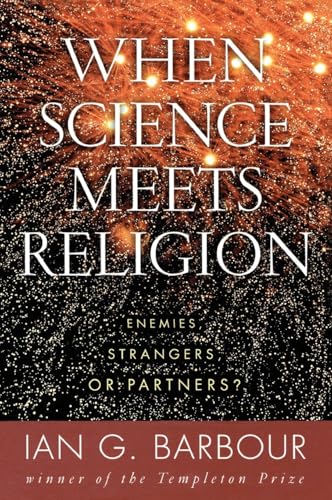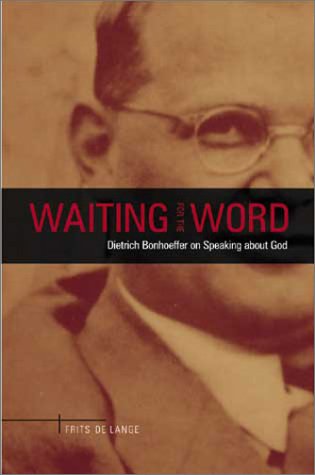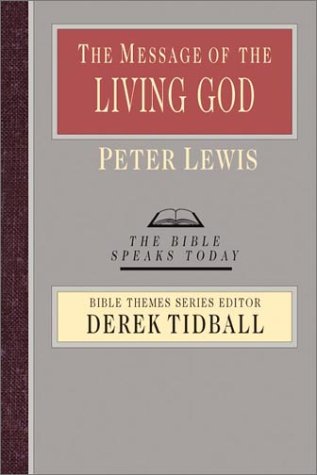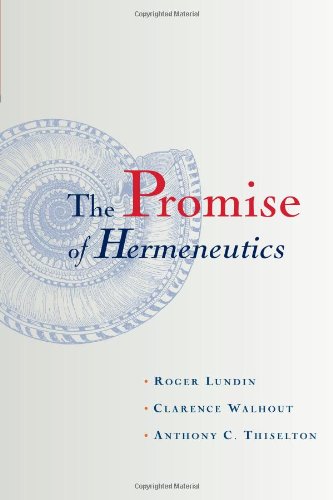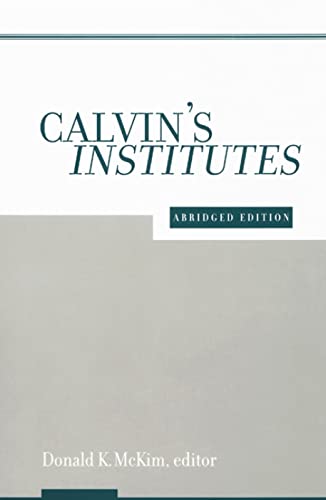Invitation to the Septuagint
Written by Karen H. Jobes and Moisés Silva Reviewed By P. J. WilliamsIf you want a basic introduction to the Septuagint then look no further. This book is unique in seeking to introduce students to the maze of Septuagint studies without assuming prior knowledge of, or even (to begin with) acquaintance with Greek. Yet despite this its final chapters contain enough depth to allure scholars who have already traced the Septuagint’s labyrinthine paths.
The book is divided into three parts: Part 1 introduces the Septuagint, the translations of Aquila, Symmachus and Theodotion and the complexities of transmission of the Septuagint introduced by revisions prior to Origen and in Origen’s production of the Hexapla. There are pictures of the most important manuscripts and modern editions of the Septuagint, with explanations of their salient characteristics. No term is introduced undefined, and the ambiguities of terms are carefully highlighted. There is then a frank evaluation of the Septuagint as a translation, and the linguistic issues that surround its study. By the end of Part 1 a student should be ready to avoid the most common pitfalls in using the Septuagint.
Part 2 takes us deeper and requires a knowledge of the biblical languages. The authors consider how ‘Semitic’ the language of the Septuagint is, distinguishing types of grammatical and lexical influence. In the following chapter, one is treated not just to a lucid articulation of the basic principles of textual criticism, but different types of internal and external evidence are meticulously defined and evaluated. Logically only once one has rightly determined the text of the Septuagint itself can one use it as a witness to what its original may have been. While eschewing the approach that adheres to the Masoretic Text at all costs, the authors warn about the many problems there are in using the Septuagint as a witness to the text of the OT. In connection with this there is an analysis of the biblical texts among the Dead Sea Scrolls and related discoveries in the Judaean Desert.
On this foundation the authors devote a chapter to considering the NT’s use of the Septuagint. This involves not just NT quotations of the Septuagint, but also the potential influence of the Septuagint on NT language and theology. A further chapter with extensive example texts considers how one can interpret the Septuagint as a text in its own right. The discussion here of Isaiah 52:13–53:12 provides particularly rich material for theological reflection.
Part 3 will help specialists the most. It begins with delightful biographical cameos of the founding figures of Septuagint studies in the nineteenth and early twentieth centuries. We can learn from the constant underestimation by scholars of the size of a task. Next follows a discussion of contemporary linguistic debates about the Septuagint, and thereafter an overview of the intricacies of current debate about the original text of the Septuagint. The final chapter assesses the possibilities of penetrating the theological perspectives of those who translated the Bible into Greek.
The book ends with four appendices: A, descriptions of ten major organisations or projects related to the Septuagint; B, a handy list of the most basic reference works; C, a complete glossary of the many terms that could overwhelm the neophyte; D, a list of the differences in versification between the Septuagint and English Bible translations.
It is hard to have reservations about this book which are not too petty to record.
P. J. Williams
University of Aberdeen



